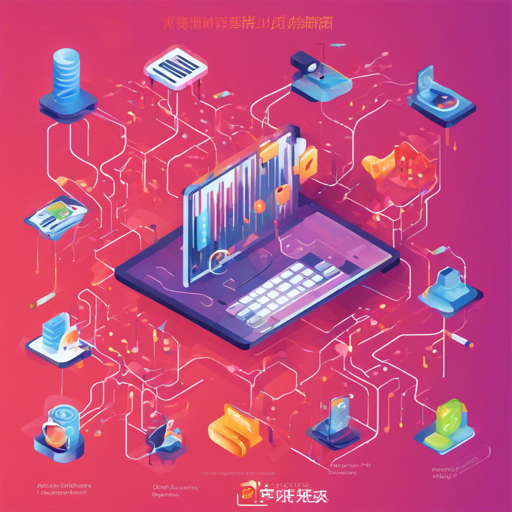Authored by Hardy on 2022-02-09
Introduction
In this friendly tutorial, we will delve into the fascinating world of CLIP (Contrastive Language-Image Pretraining), specifically focusing on its application in analyzing Chinese text and images. This powerful model opens doors for various AI applications, allowing computers to understand and analyze data across different modalities.
What You Will Need
- Python installed on your machine
- Git to clone the repository
- Access to internet for downloading models and images
Step-by-Step Guide
Let’s break it down step-by-step. Think of this process as baking a delicious cake; you need the right ingredients (code and models) and a clear recipe (instructions) to achieve the perfect result.
Step 1: Clone the Repository
Begin by cloning the repository from GitHub. This step is like gathering your ingredients and tools before starting to bake.
git clone https://github.com/youzan/aitrexpark.gitStep 2: Import Required Libraries
Next, import the necessary libraries in Python. This is akin to preheating your oven to prepare for baking.
import torch
from src.clip.clip import ClipProcesserChinese, ClipChineseModel
import requests
from PIL import ImageStep 3: Load the Model
Now, load the pretrained CLIP model and processor. This step ensures that you’re using the best recipe for your cake!
clip_processor = ClipProcesserChinese.from_pretrained("youzan/clip-product-title-chinese")
model = ClipChineseModel.from_pretrained("youzan/clip-product-title-chinese")Step 4: Prepare the Image
Fetch and prepare an image, just as you would prepare your chosen ingredients for mixing. Ensure you have the correct URL to the image you want to analyze.
url = "http://img.yzcdn.cn/upload_files/201504210140/dac4657f874f2acff9294b28088c.jpg"
img = Image.open(requests.get(url, stream=True).raw).convert("RGB")Step 5: Prepare Texts for Analysis
Define the texts you wish to analyze alongside the image. Think of this as preparing your flavorings, ensuring they complement your cake well.
imgs = [img]
texts = ["Text 1", "Text 2", "Text 3", "Text 4", "Text 5"]Step 6: Process Input Data
Process the texts and images using the clip processor. This step is like mixing your ingredients properly for a consistent batter.
f = clip_processor(texts, imgs, return_tensors="pt", truncation=True, padding=True)
del f['token_type_ids']Step 7: Obtain Model Output
Finally, run the model to get the logits for both images and texts. This is the moment you’ve waited for – just like pulling your cake out of the oven!
with torch.no_grad():
out = model(**f)
logits_per_image, logits_per_text = out['logits_per_image'], out['logits_per_text']
print(logits_per_image.softmax(dim=-1).cpu().detach().numpy())Troubleshooting Tips
If you encounter issues during the process, consider the following troubleshooting steps:
- Ensure that your internet connection is stable when downloading models and images.
- Double-check the URLs used for images; broken links will lead to errors.
- Verify that all libraries are correctly installed and up to date.
- If you face memory issues, consider reducing image sizes or processing fewer images at once.
For more insights, updates, or to collaborate on AI development projects, stay connected with fxis.ai.
Conclusion
You’ve successfully navigated the intricacies of using CLIP for processing Chinese texts and images! Just as a baker refines their technique over time, continue experimenting with different texts and images to discover the full potential of this model.
At fxis.ai, we believe that such advancements are crucial for the future of AI, as they enable more comprehensive and effective solutions. Our team is continually exploring new methodologies to push the envelope in artificial intelligence, ensuring that our clients benefit from the latest technological innovations.

